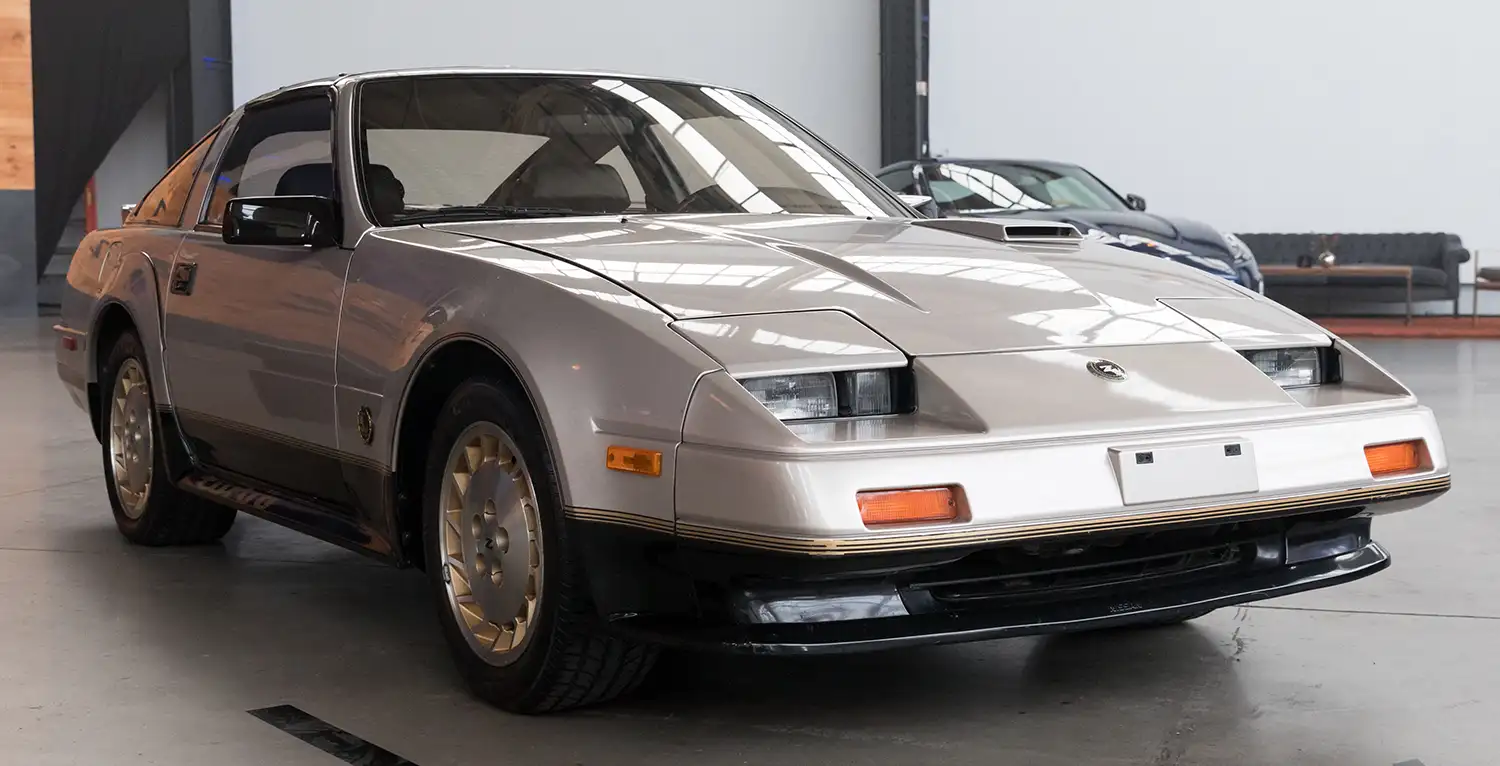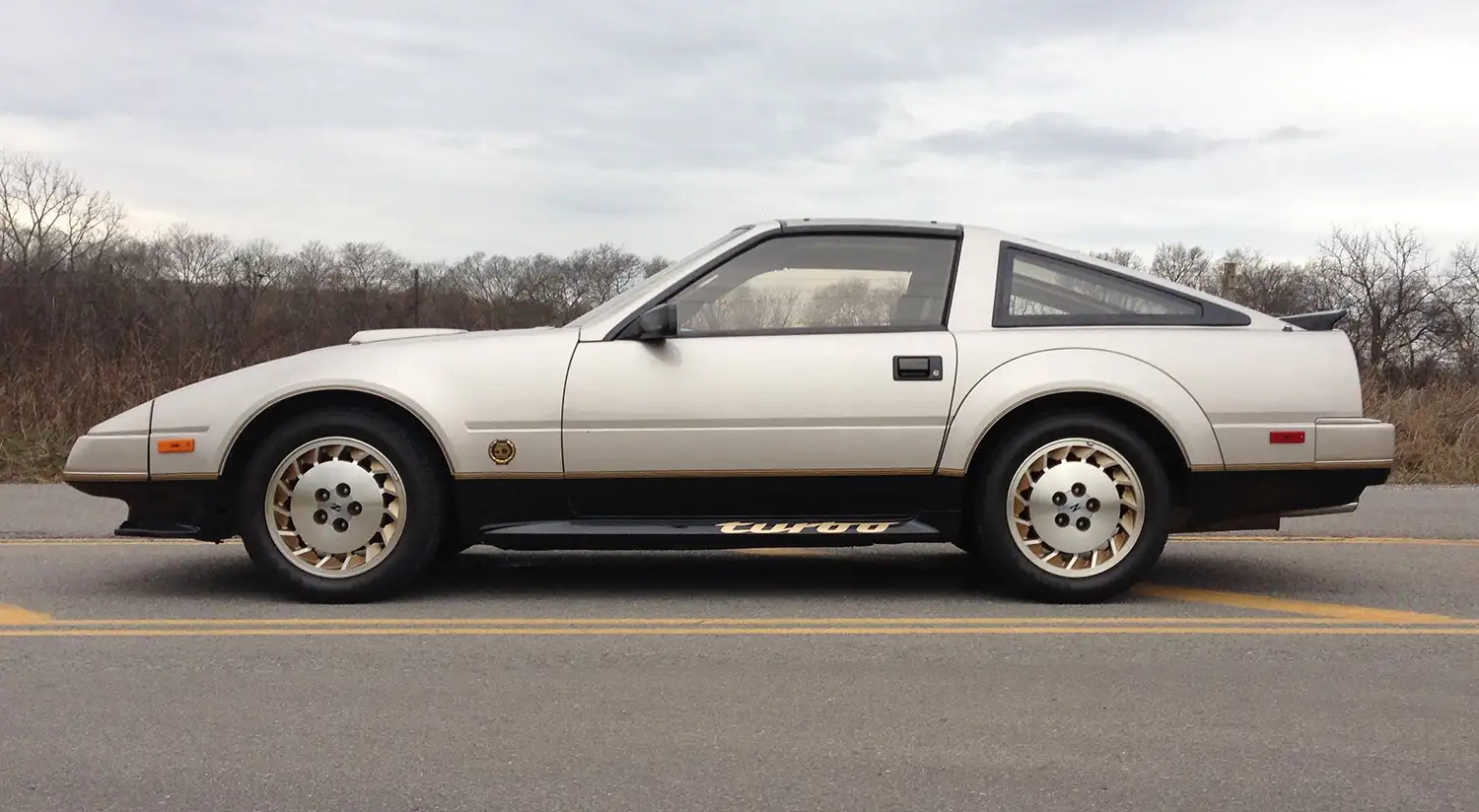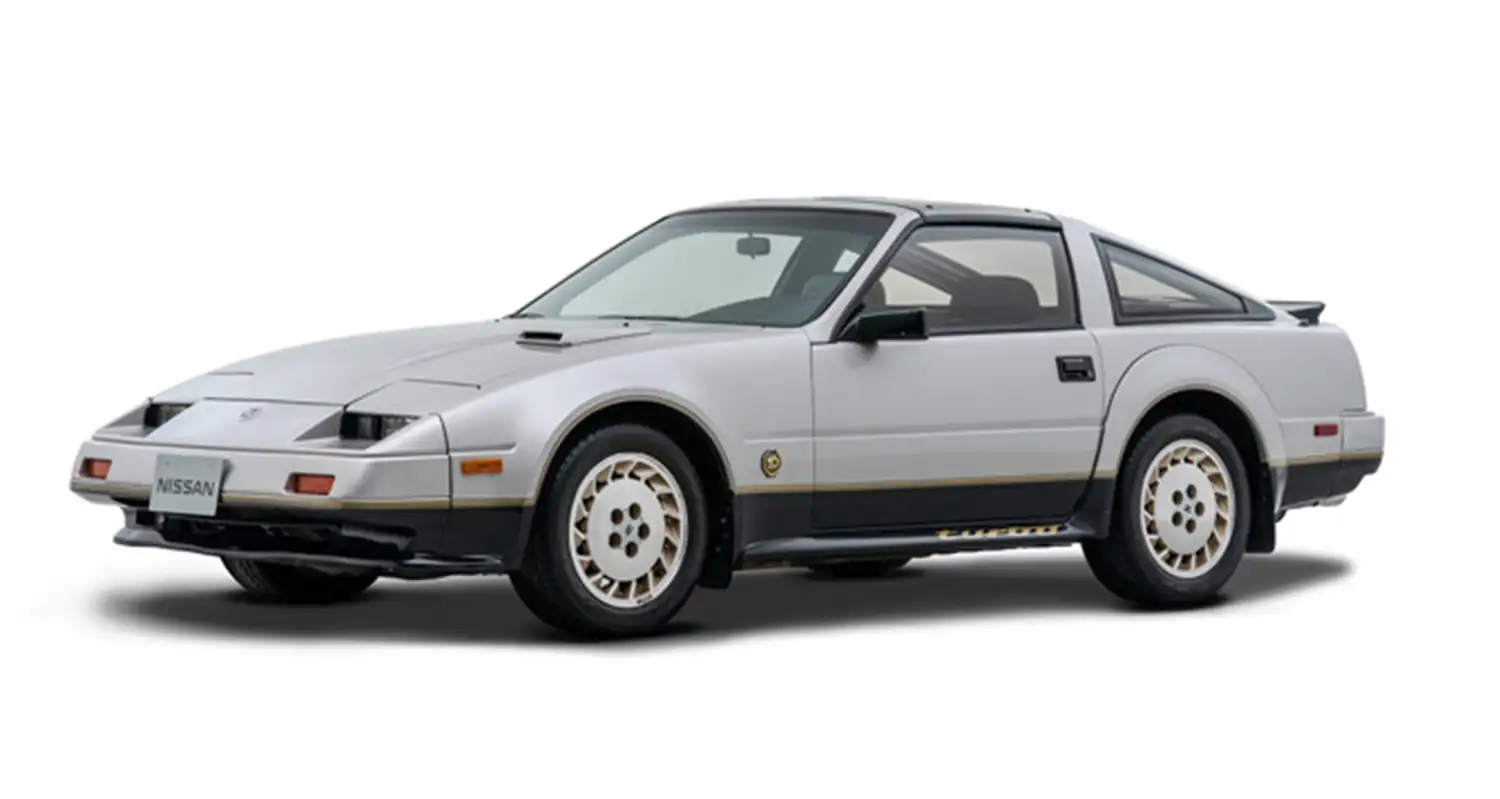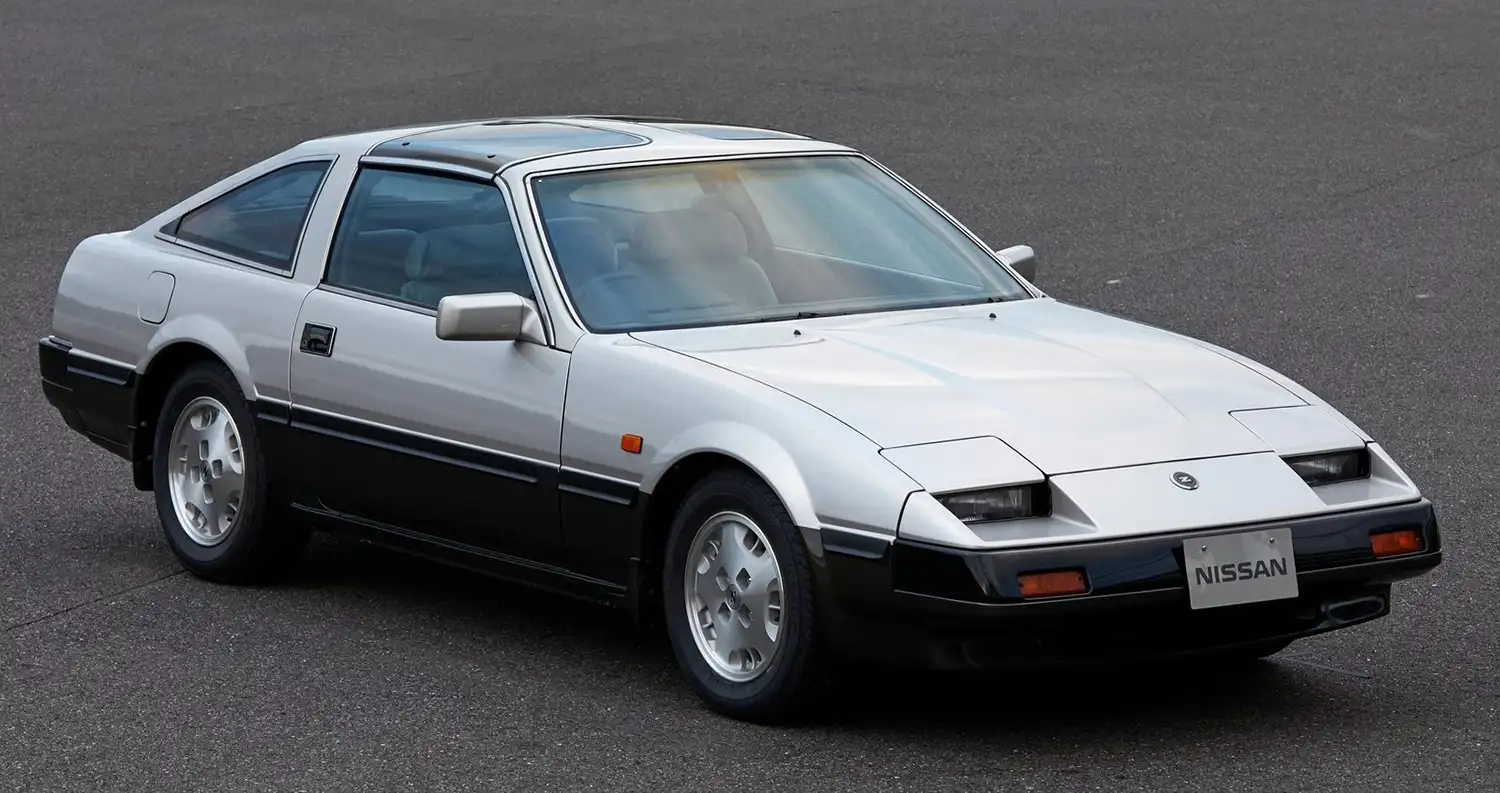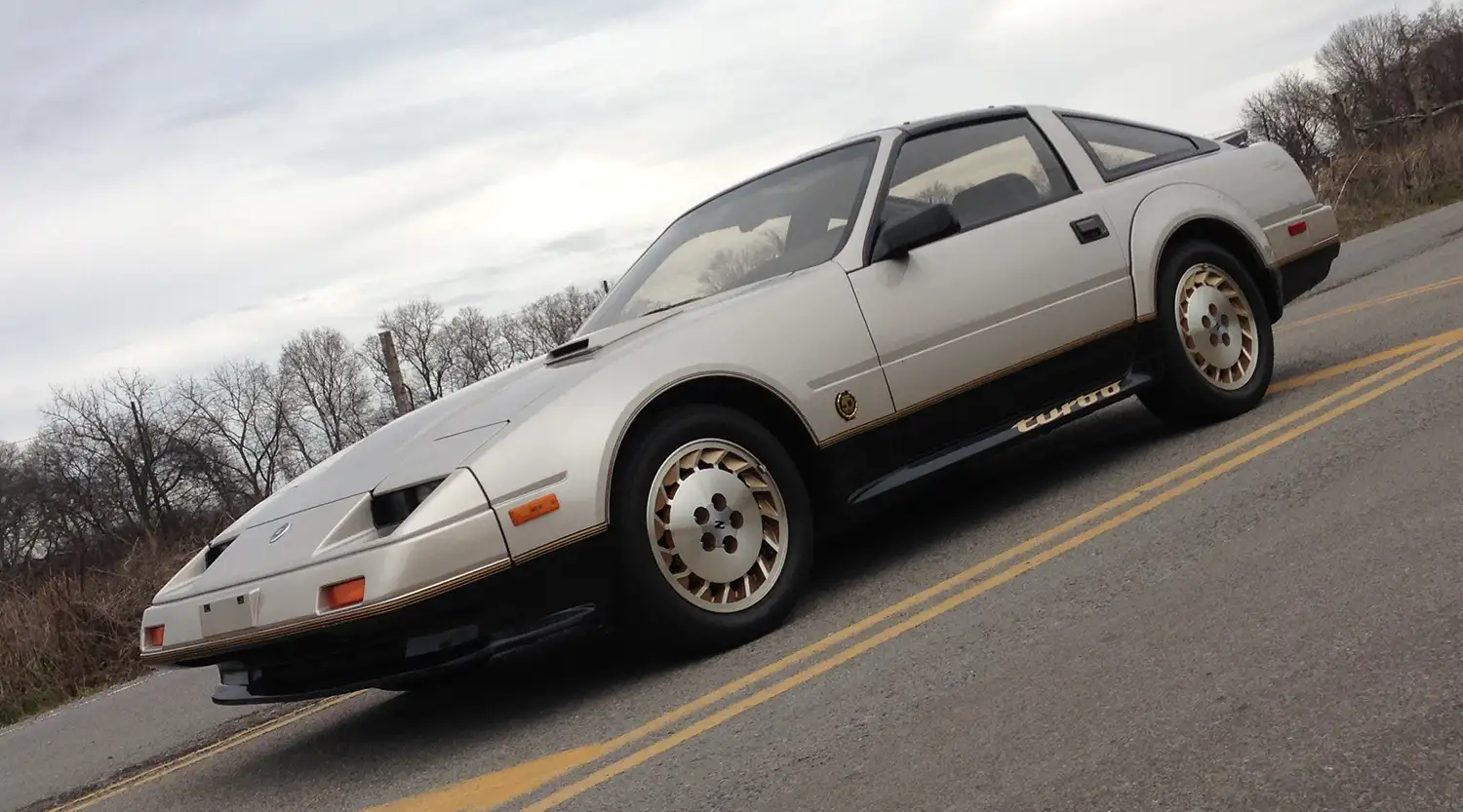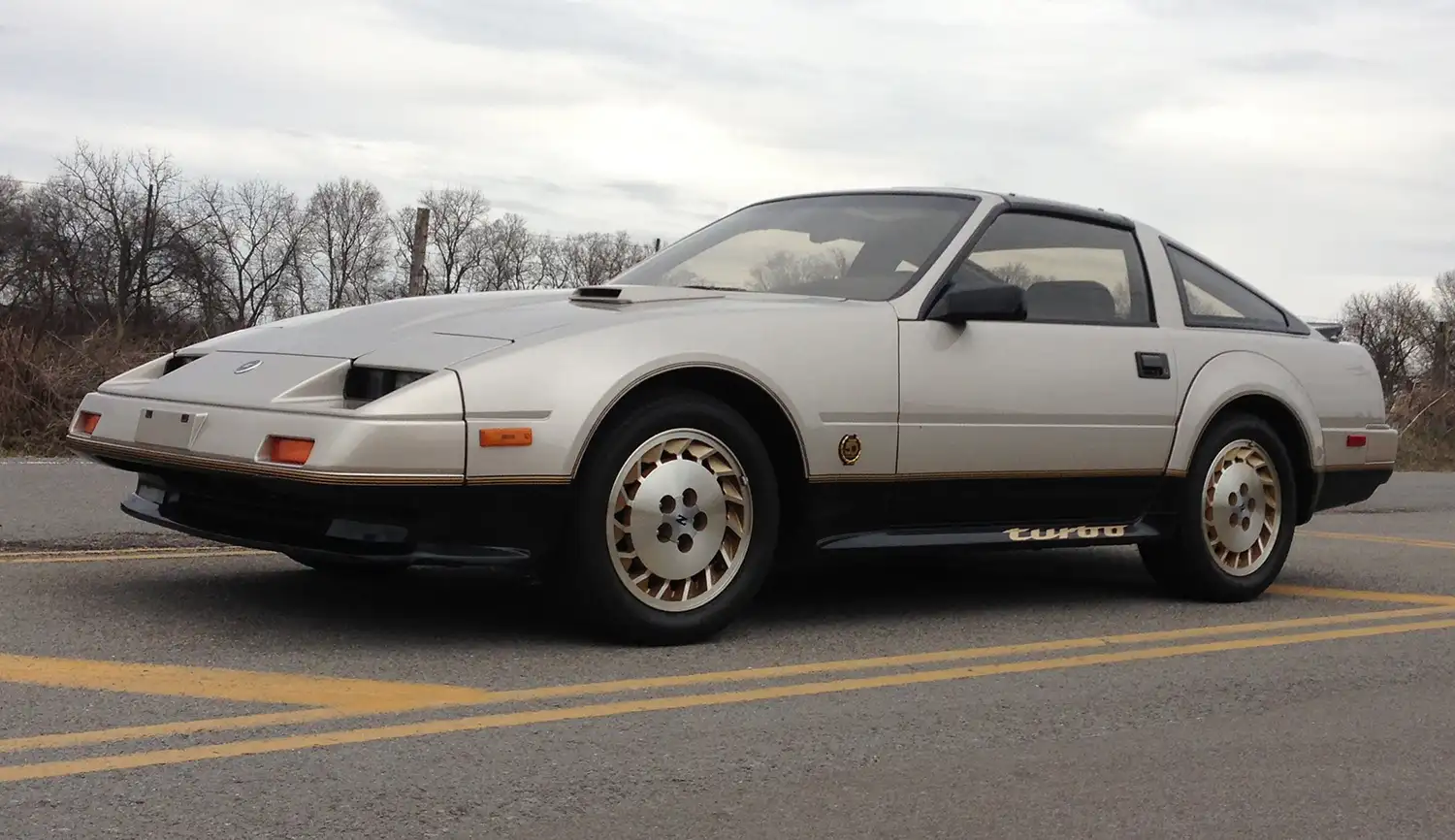
The Z31 chassis designation was first introduced in Japan on September 16 1983, as the Fairlady Z. Designed by Kazumasu Takagi and his team of developers, the Z31 improved aerodynamics and increased power when compared to its predecessor, the 280ZX. The newer Z-car had a drag coefficient of 0.30 and was powered by Japan’s first mass-produced V6 engine instead of the inline-sixes of the previous Z-cars. According to Nissan, the new V6 engine was intended to uphold the sporty, six-cylinder spirit of the original Fairlady Z, but in a more compact and efficient package.
Unlike its predecessors, the Z31 featured a V6 engine in the 200Z/ZS/ZG, 300ZX and 300ZR, and the only Z31 to come with an inline-six cylinder engine was the Fairlady 200ZR which was only available in Japan. The 200ZR was the last Z-car to feature a factory-installed inline six. There were five engine options in total: A turbocharged dual overhead cam 2.0 L straight-six (RB20DET, used in the 200ZR), a turbocharged single overhead cam 2.0 L V6 (VG20ET, found in the Japanese domestic market 200Z/ZS/ZG), a naturally aspirated single overhead cam 3.0 L V6 (VG30E, found in 300ZX), a turbocharged single overhead cam 3.0 L V6 (VG30ET, used in 300ZX Turbo) and a naturally aspirated dual overhead cam 3.0 L V6 (VG30DE, used in 300ZR). The Z31 had electronic fuel injection (EFI), and was rear wheel drive. The VG30 engine was either a type A or type B sub-designation from 1984 to March 1987, while models from April 1987 to 1989 had a W sub-designation. The W-series engines featured redesigned water jackets for additional cooling, and fully floating piston wrist pins. Finally, these engines were equipped with self-adjusting hydraulic valve lifters.
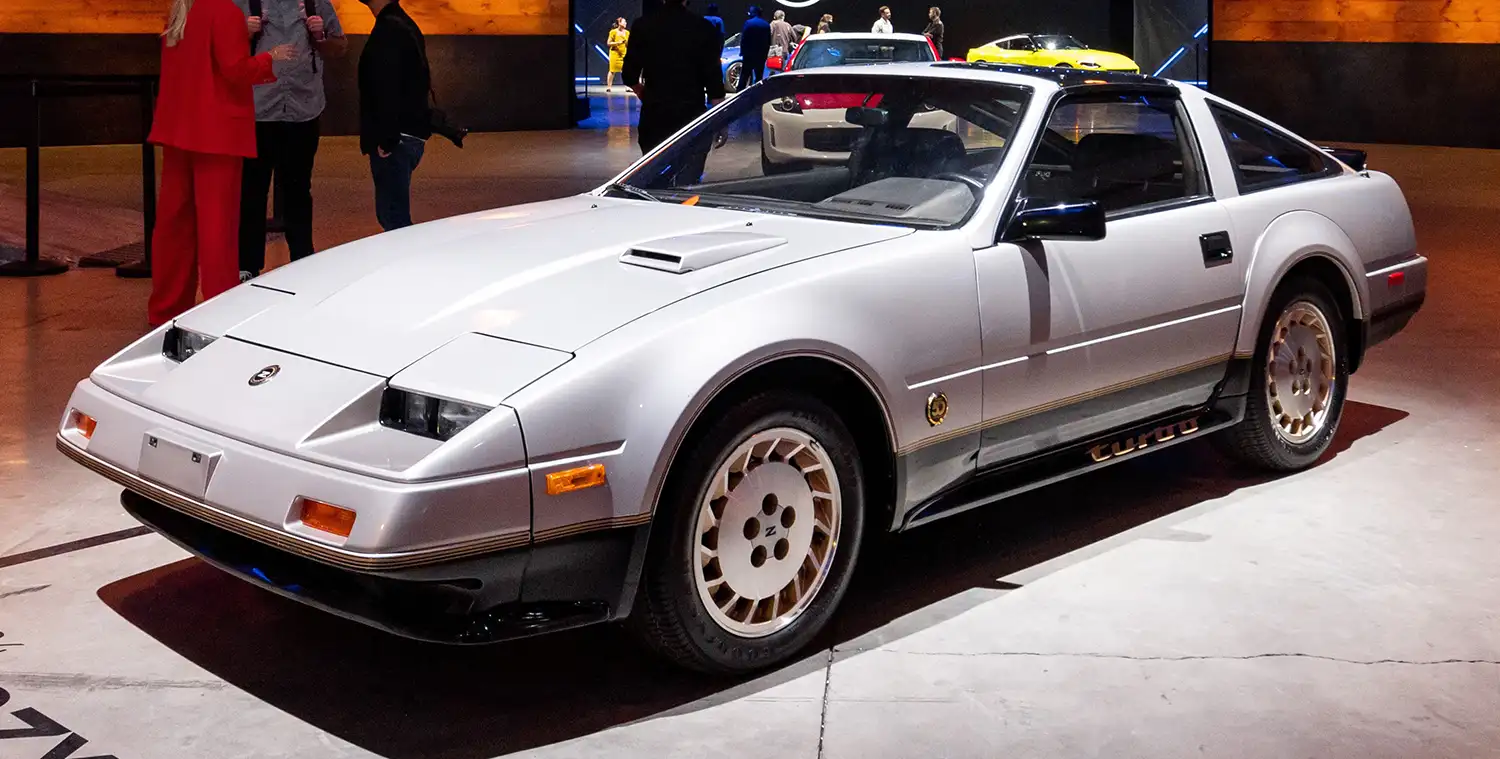
The transmissions were a 5-speed manual or an optional 4-speed automatic (all Z31 automatics were the E4N71B equipped with torque-converter lockup including turbo models). All Z31s were equipped with a Nissan R200 rear differential, April 1987 and later turbo models received an R200 clutch limited-slip differential except 1988 Shiro Specials which had a Viscous-type limited slip.
Select 300ZX models (as well as some other Nissan models of the time period) could also be equipped with a digital gauge cluster that also utilized a “Voice Warning System”. The Voice Warning System used the vehicle’s radio and driver’s door speaker to mute the radio and provide a vocal warning whenever the left or right door was ajar, the exterior lights were left on after the vehicle was turned off, parking brake was left on while trying to operate the car, or the fuel level was low.
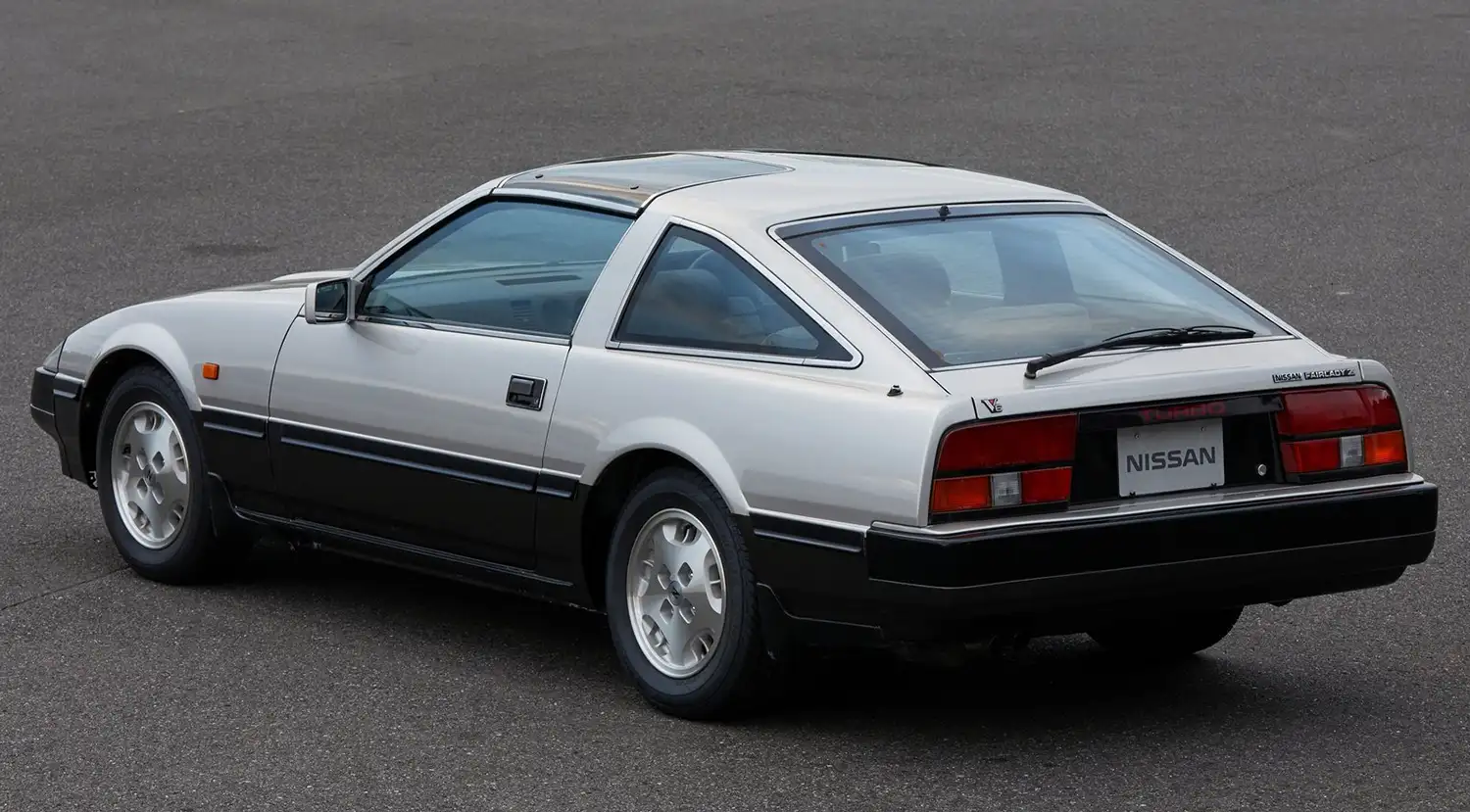
Other technological features in the 300ZX included a “Body Sonic” audio system that utilized a separate amplifier and speakers in the vehicle’s front seats that allowed bass from music to be felt by the vehicle’s occupants, and a fully digital climate control system.
Chassis
The Z31 chassis was based on the 280ZX. Although the newer chassis had the same wheelbase and MacPherson strut/semi-trailing arm independent suspension, it handled and accelerated better than the 280ZX it replaced. Turbocharged models, except for the Shiro Special edition, had 3-way electronically adjustable shock absorbers. The Z31 was available in either left or right hand drive.
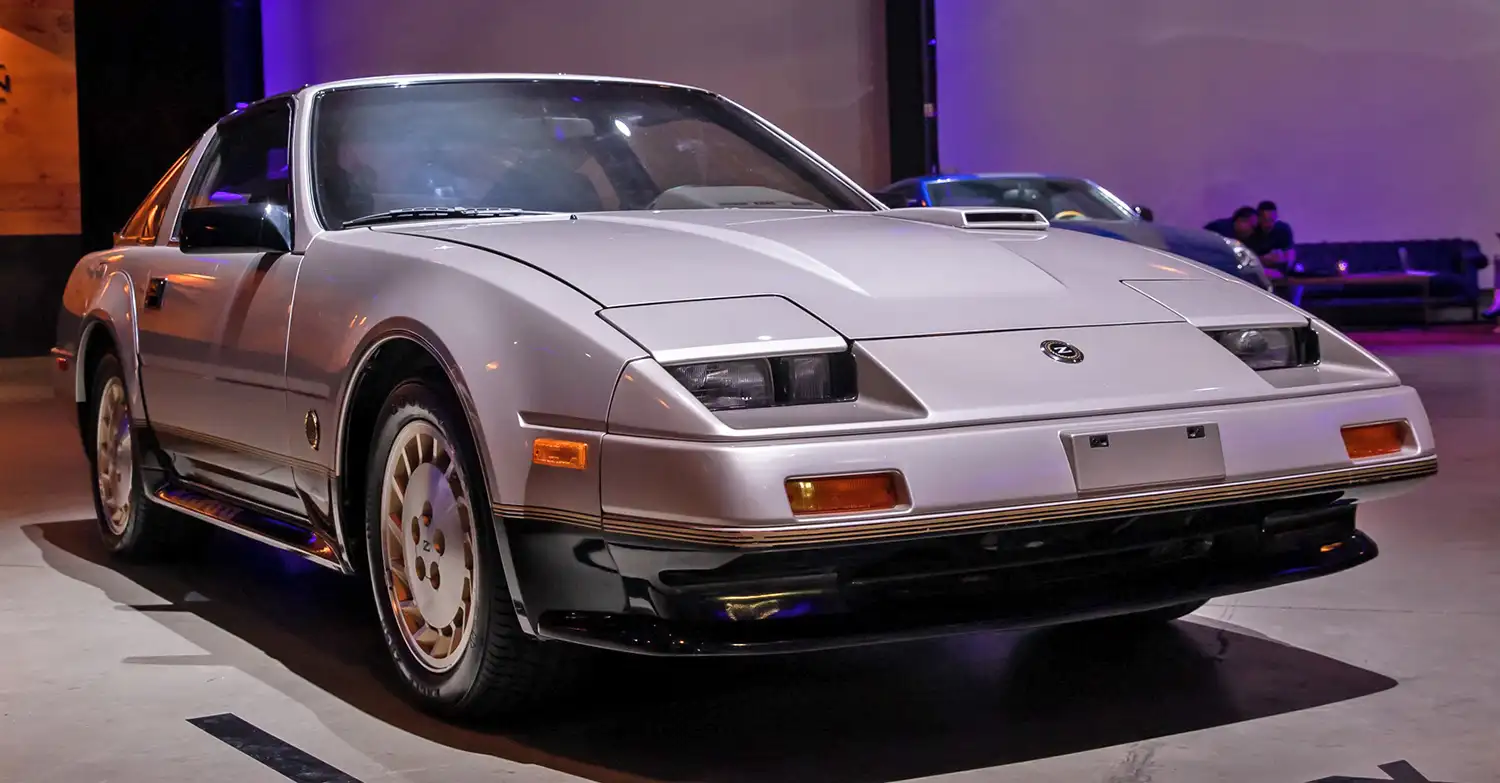
Style and evolution
The Z31 body was slightly restyled in 1986 with the addition of side skirts, flared fenders, and sixteen inch wheels (turbo models only). Many black plastic trim pieces were also painted to match the body color, and the hood scoop was removed. The car was given a final makeover in 1987 that included more aerodynamic bumpers, fog lamps within the front air dam, and 9004 bulb-based headlamps that replaced the outdated sealed beam headlights. The 300ZX-titled reflector in the rear was updated to a narrow set of tail lights running the entire width of the car and an LED third brake light on top of the rear hatch. This was the first car in history to have the central brake light with LED, in 1987 model year, made by Stanley Electric. The Z31 continued selling until 1989, more than any other Z-Car at the time. Cars produced from 1984 to 1985 are referred to as “Zenki” models, while cars produced from 1987 to 1989 are known as “Kouki” models. The 1986 models are a special due to sharing some major features from both. They are sometimes referred to as “Chuki” models, but are usually grouped with the Zenki models because of the head and tail lights.
